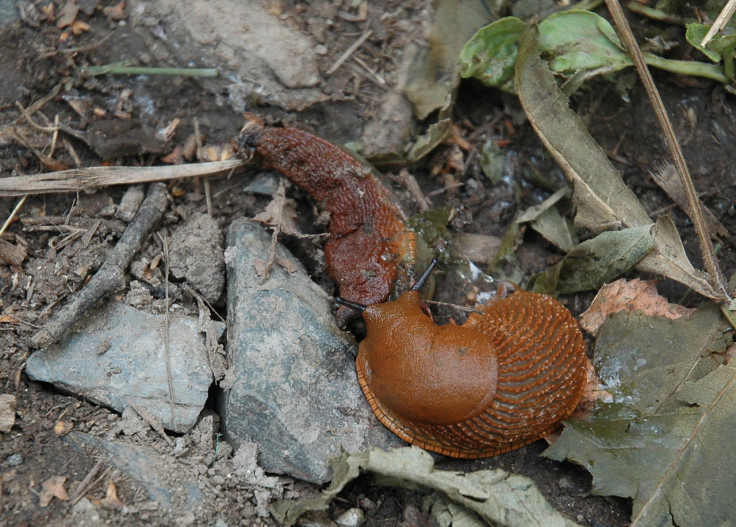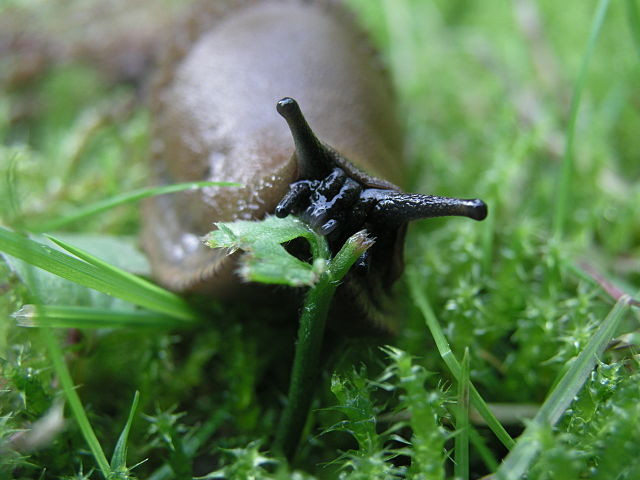Giant alien cannibal slugs that poison cannot kill invading Britain

The UK has seen a large increase in the number of large Spanish slugs in Kent and East Anglia.
The Spanish slug, or Arion vulgaris, is considered the worst pests in Europe.
Experts are warning that the Spanish superslugs – which can grow as big as 6in (15cm) – can eat up to 20 poison pellets without any problem.
They have a voracious appetite, feeding off plants, roadkill and dead mice, and are with cannibals as they eat on smaller, weaker species of slug as well.
They can also eat potato and onion leaves, which other slugs avoid due to the toxins in them.
A very hardy creature, they are covered in slime layer that deters predators, such as hedgehogs and birds, off from eating them.
Slimy menace

First seen in Britain in 2012, this summer is set for a population explosion of the giant slugs, as many more of their eggs will have survived the mild winters of the past two years.
Dr Ian Bedford, a leading entomologist, first highlighted the imminent Spanish slug invasion. "If this warm weather continues and we do not have any cold spells before May we could see very high numbers of the Spanish slug this year," he told the Sunday Post.
"It's fair to say that slug numbers, especially the invading Spanish slug, which can lay up to 400 eggs, will escalate this year."
Like all molluscs, the Spanish slug is a hermaphrodite, so a single slug can start an infestation. They also reproduce twice as quickly as native British slugs.
Fighting back
Dr Les Noble, a slug expert from Aberdeen University, explained that a fight back against the slugs, characterised by their orange and reddish colour, could be tiny worms, called nematodes.
"I'm interested in developing a biological control. I'm trying to find a nematode that will be a slug killer. We've started looking at potential nematodes in our native slugs," he said.
"The native Scottish species don't carry them but slugs in England do so I've had colleagues in England send me some from there."
In recent years, the Spanish slug has bred with the indigenous black slug Arion ater to produce a more frost-resistant variety.
© Copyright IBTimes 2025. All rights reserved.






















